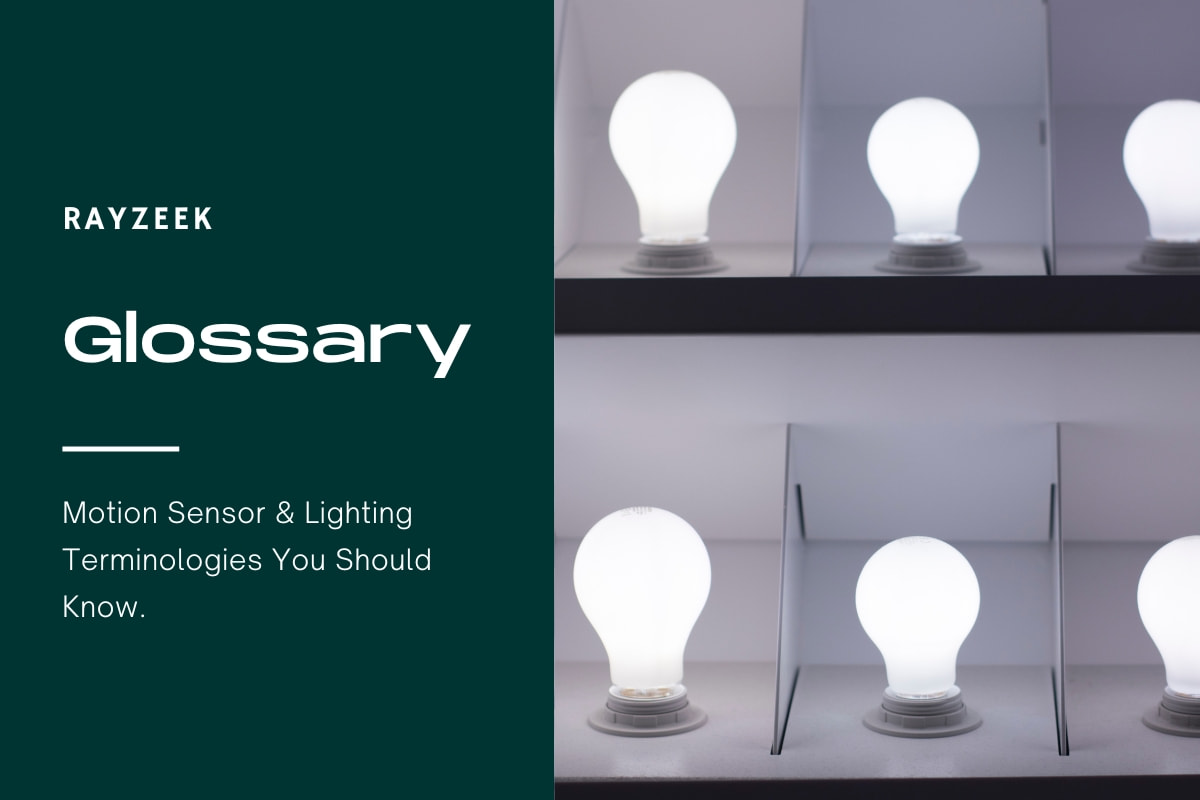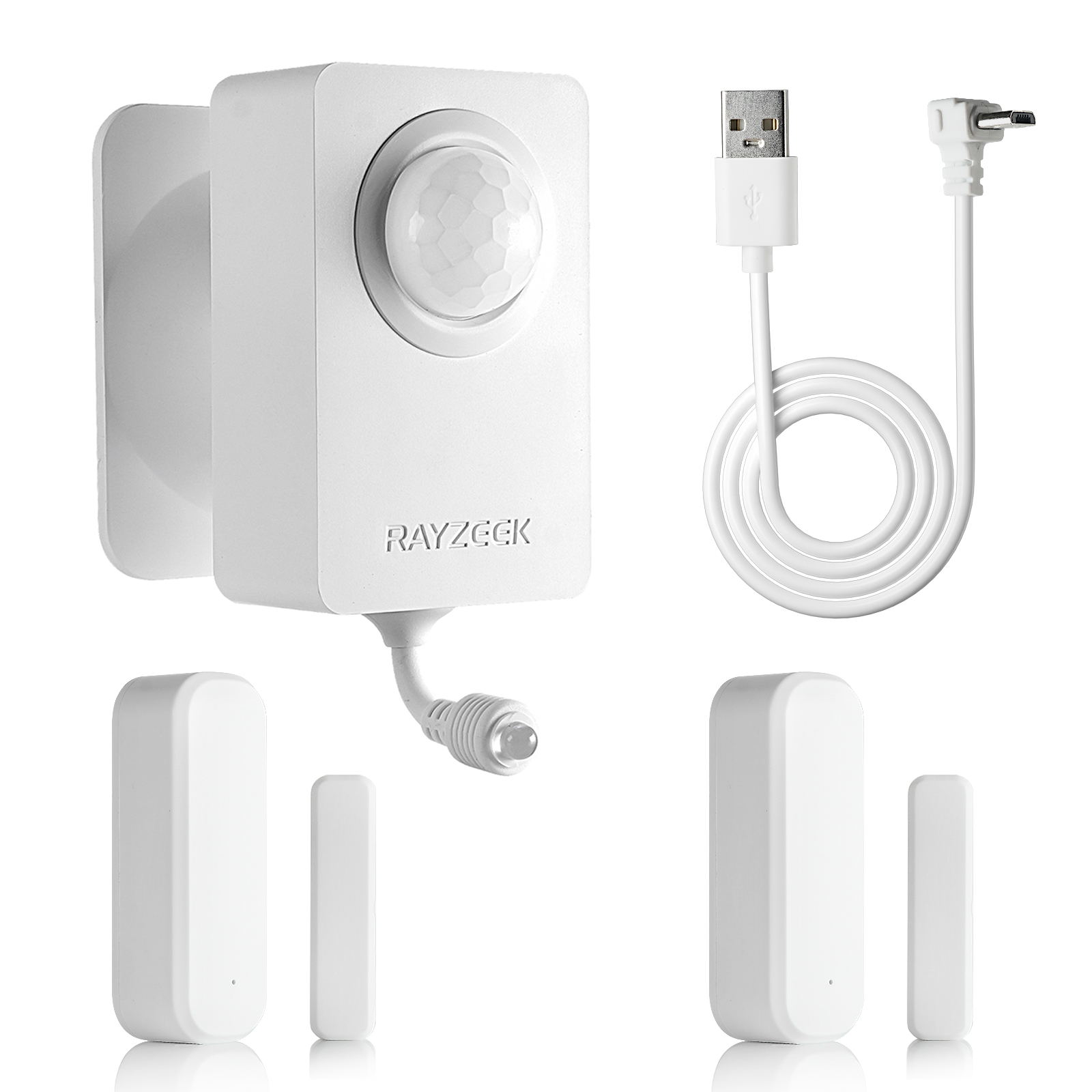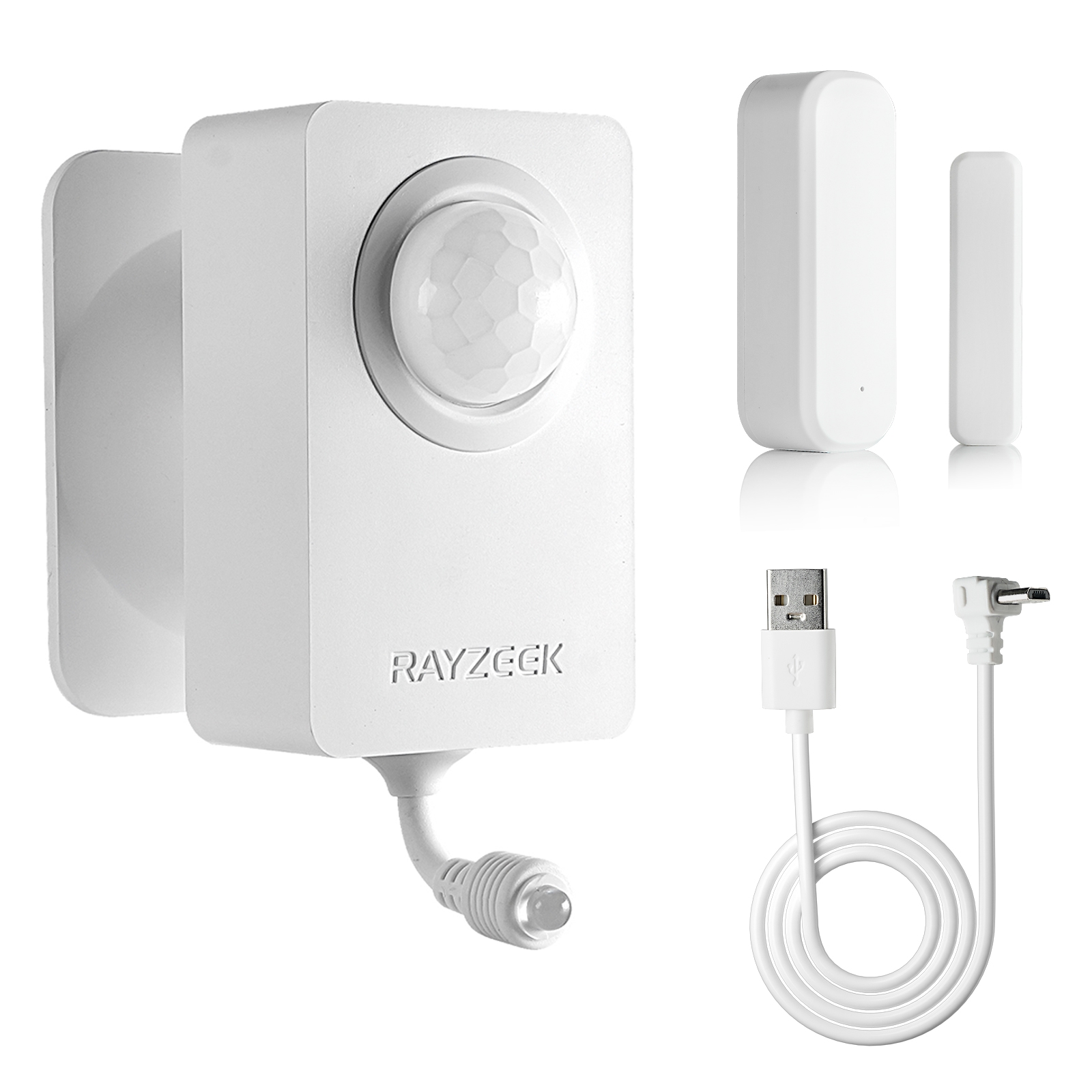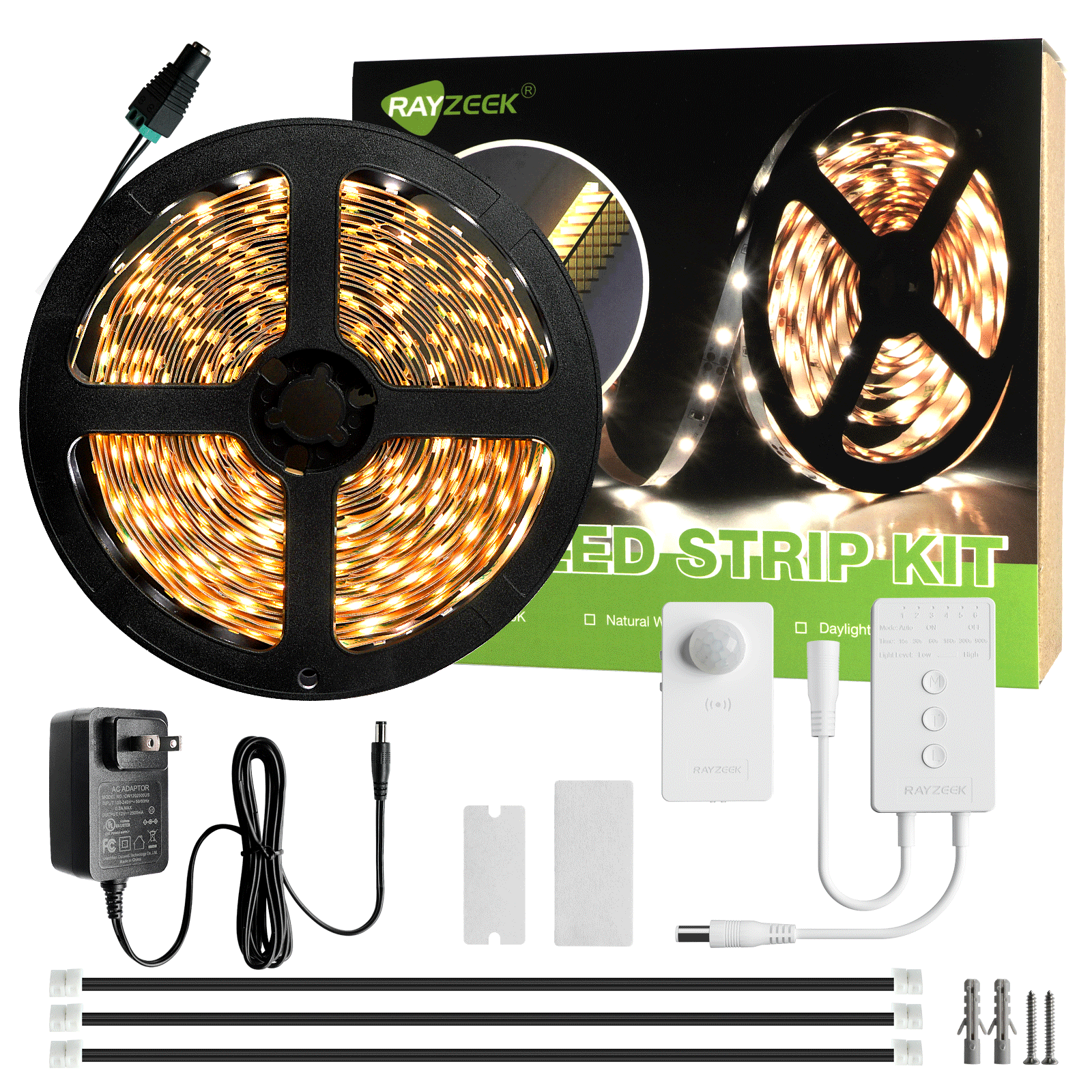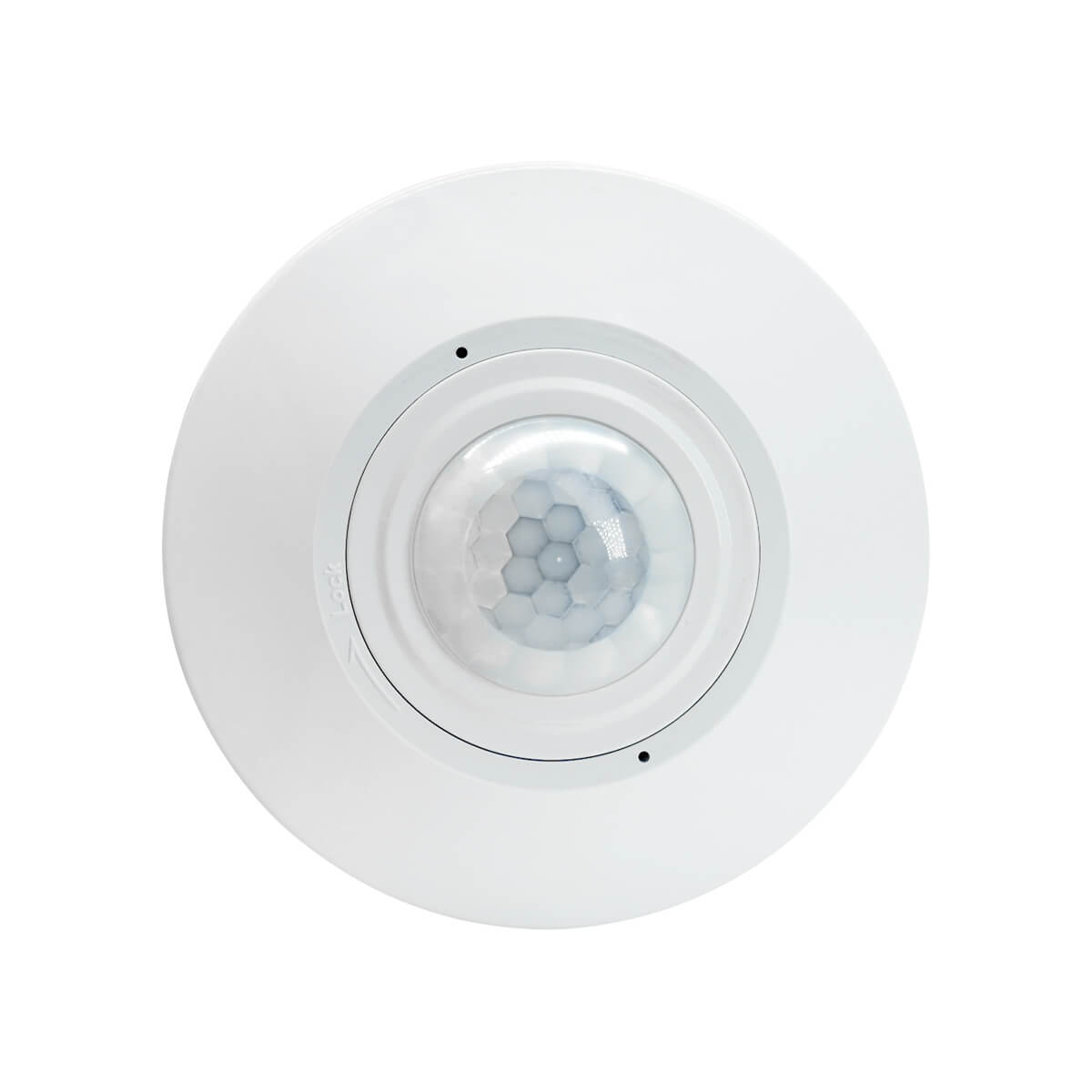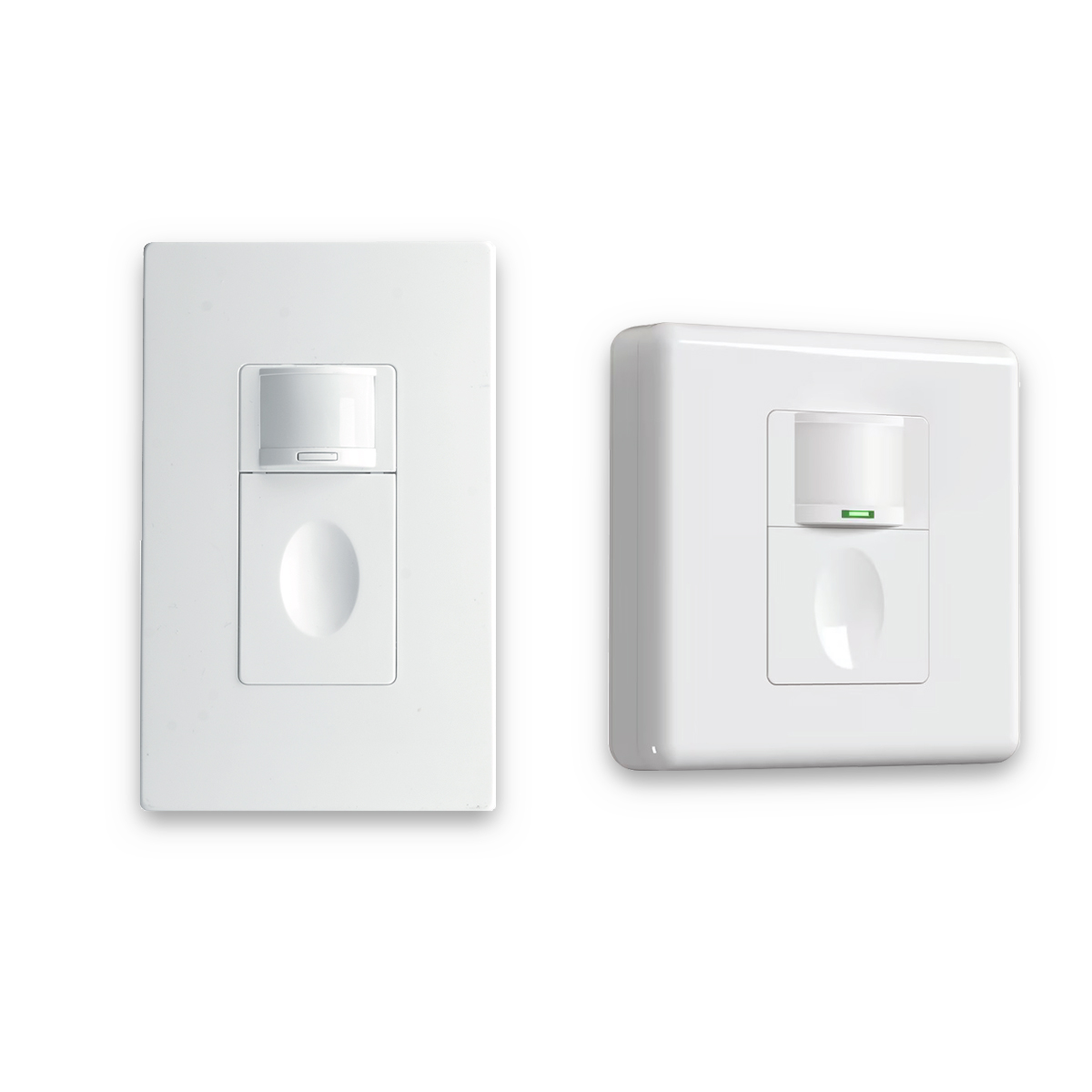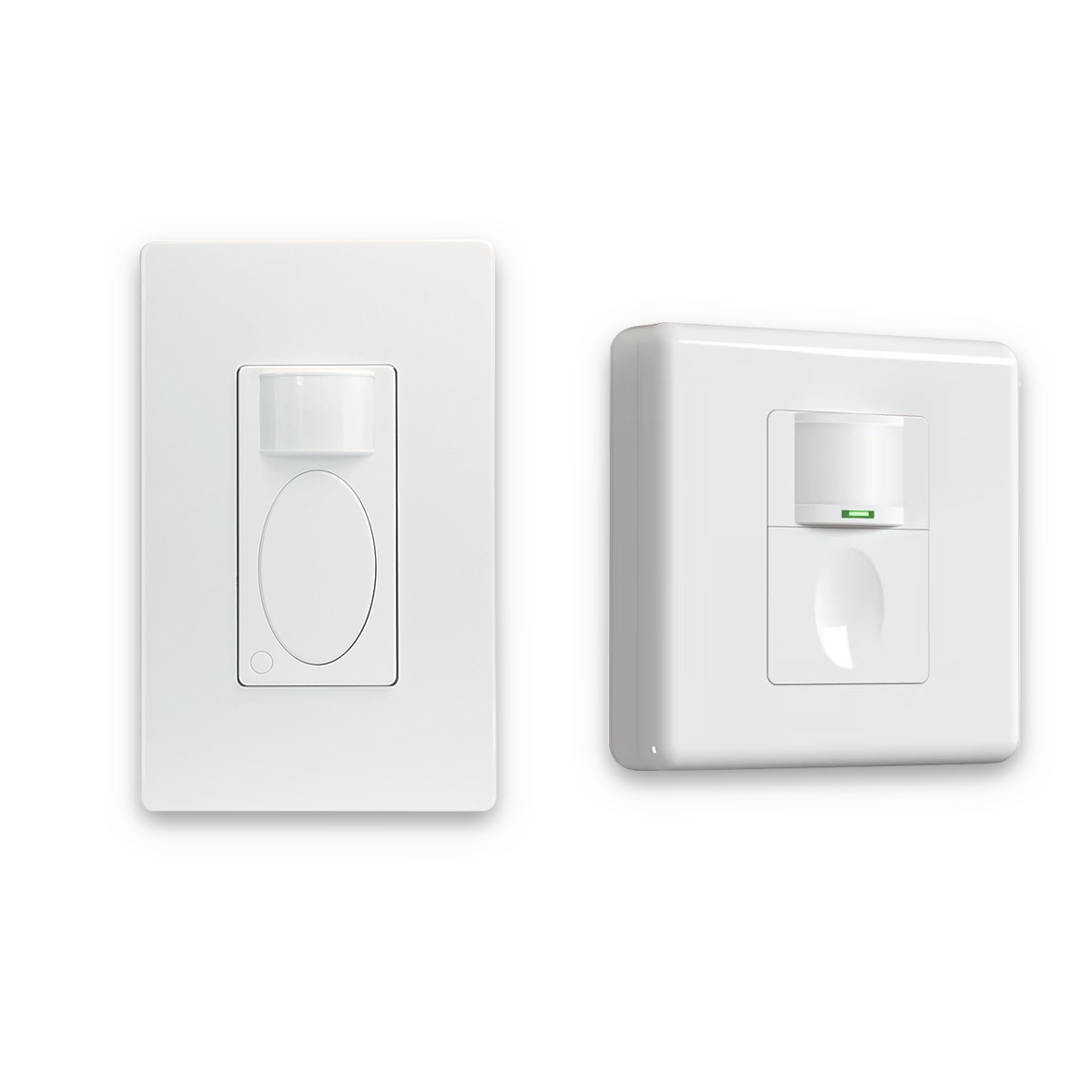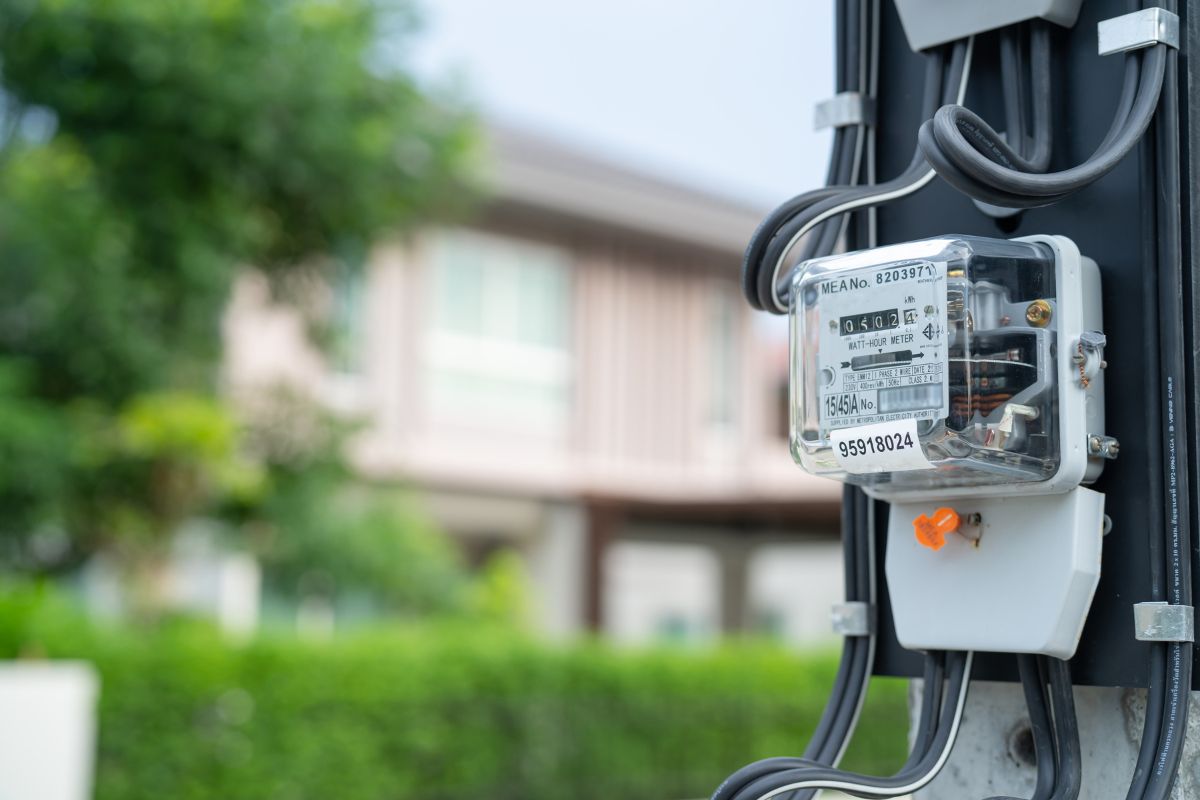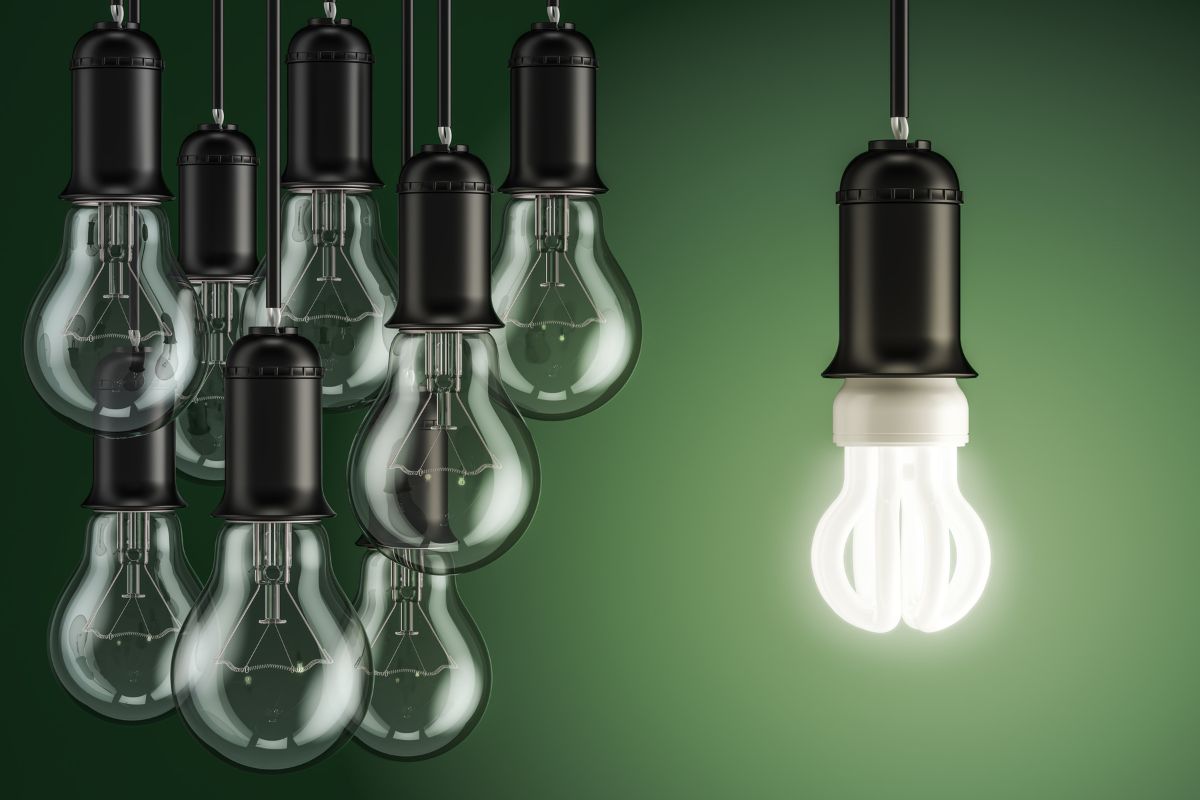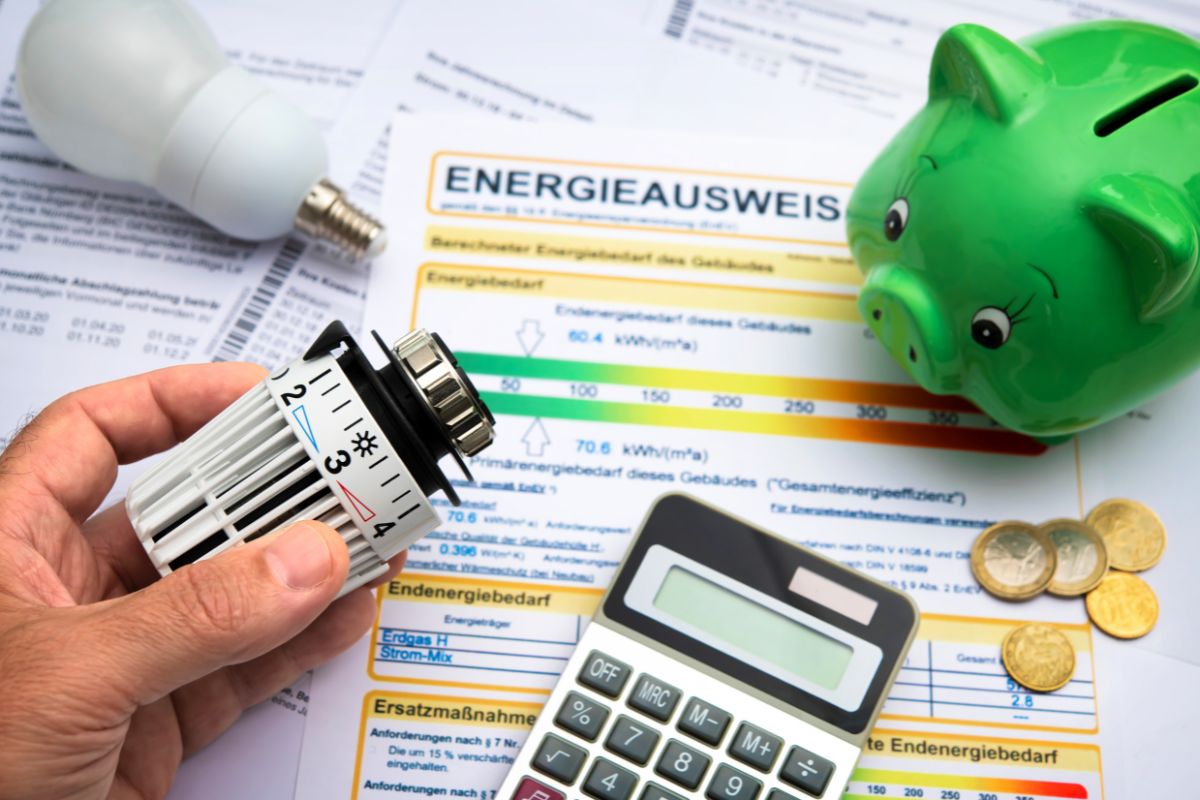Co je umělé světlo
Umělé světlo je viditelné světlo, které je generováno lidmi vyrobenými zdroji, nikoliv přirozeně. Vyrábí se různými technologickými prostředky, například pomocí světelných diod (LED) nebo jiných umělých zdrojů světla. Umělé světlo slouží jako náhrada přirozeného světla v situacích, kdy je nedostatečné nebo nedostupné, a poskytuje osvětlení v nočních hodinách nebo ve vnitřních prostorách s omezeným přístupem slunečního světla.
Možná máte zájem o
Klíčovou vlastností umělého světla je jeho kontrolovatelnost. Uživatelé mají možnost nastavit a přizpůsobit kvalitu, barvu a jas umělého světla svým specifickým potřebám a preferencím. Tato všestrannost jej odlišuje od přirozených zdrojů světla, které podléhají faktorům prostředí a nelze s nimi snadno manipulovat.
Umělé světlo se používá k obecným účelům, jako je osvětlení místností nebo venkovních prostor, a také ke specifickým účelům, jako je např. pracovní osvětlení nebo akcentní osvětlení. K dispozici jsou různé typy umělých zdrojů světla, včetně žárovek, zářivek, Světla LEDa halogenové žárovky, přičemž každá z nich má jedinečné vlastnosti a výhody.
Inspirujte se portfoliem pohybových senzorů Rayzeek.
Nenašli jste to, co jste chtěli? Nebojte se. Vždy existují alternativní způsoby řešení vašich problémů. Možná vám pomůže některé z našich portfolií.
Umělé světlo nemusí být vhodné pro všechny účely. Umělé osvětlení například nemusí poskytovat celé spektrum světla potřebné pro fotosyntézu, takže je pro růst rostlin méně ideální než přirozené sluneční světlo. Při použití umělého světla pro zahradnické nebo zahradnické účely v interiéru může být nutné věnovat zvláštní pozornost a přijmout další opatření.
Často kladené otázky
Co znamená umělé osvětlení
Umělým osvětlením se rozumí produkce viditelného světla umělými zdroji světla, které obvykle zahrnuje i infračervené (IR) a ultrafialové (UV) záření. To je rozdíl od přirozeného denního světla, kdy většina LED diod nevyzařuje IR a UV záření.
Jaké světlo LED je nejblíže přirozenému světlu
4000K lze přirovnat k jemné záři ranního nebo pozdně odpoledního slunce, které proniká oknem orientovaným na jih. Kromě toho jsou teploty barev 5000 K a vyšší rovněž srovnatelné s přirozeným světlem, i když odpovídají spíše přirozenému dennímu světlu než přirozenému slunečnímu světlu.

